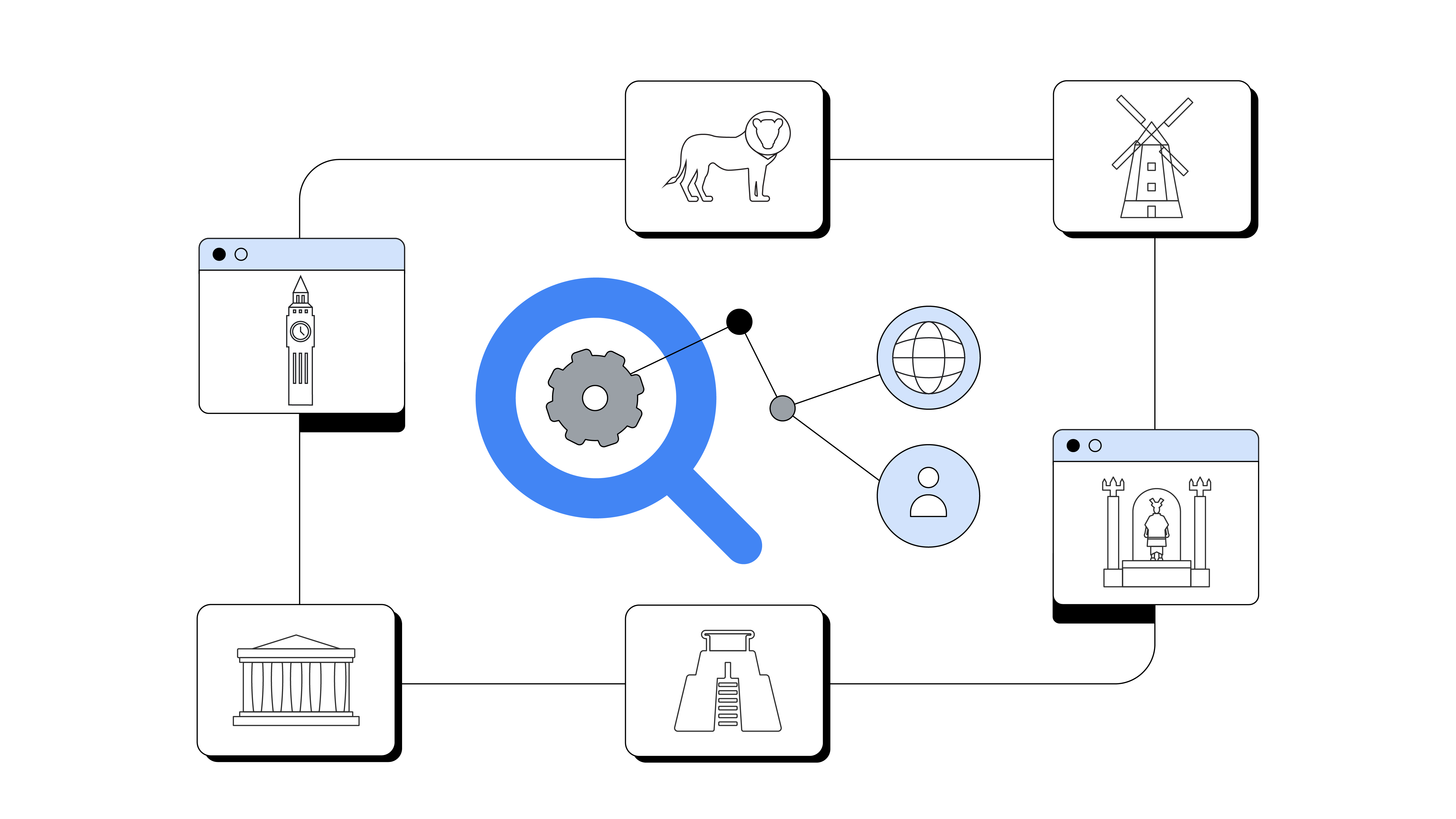The AMP Project is an open source initiative that aims to make sites speedy and beautiful on every screen. Since its launch in 2015, AMP has grown to power billions of pages across the web from tens of millions of domains.
A few common misconceptions prevent some businesses from taking advantage, so here we uncover the facts behind the myths.
1. MYTH: AMP is only for mobile
FACT: AMP is designed with responsiveness in mind, to work across all screen sizes.
AMP is now just AMP, and does not stand for Accelerated Mobile Pages anymore. AMP is designed to be mobile friendly but isn’t just for mobile. It works across many device types, including desktop and tablet, and comes with helpful responsive design features.
2. MYTH: AMP only works on Google.com
FACT: AMP pages are accessible across the web, including any distribution platform and device.
Users can access AMP pages via links on distribution platforms (e.g., search engines) or sites. Some platforms (e.g., Google, Bing, LinkedIn, Twitter, Yahoo JP, Baidu, and more1) will always serve AMP pages by default on mobile, when available. Other platforms (e.g., google.com, bing.com) take an extra step to cache your content for a much faster user experience.
3. MYTH: AMP is exclusively a Google project
FACT: AMP is an open source initiative led by Google along with other companies and members of the web community.
Any web developer can join AMP community, and various companies and individual contributors already participate in the development of the project. Over the last 3 years, AMP received contributions from 850+ contributors, 78% of whom were employed by companies outside of Google, such as Twitter, Pinterest, Yahoo, Bing, and eBay.
AMP moved to a new governance model that explicitly gives a voice to all constituents of the community and has representation from companies such as Twitter, Microsoft, Pinterest, The NY Times, Washington Post, AliExpress, and many others2.
4. MYTH: Every AMP page also has to have a non-AMP version
FACT: An AMP page can be associated with a non-AMP version, but it’s not a requirement.
In some cases, you may want to have both a non-AMP and an AMP version of the same page, especially during the early phases of your AMP migration when you want to support testing AMP and non-AMP. But this is not a requirement and you don’t need to maintain two versions of the same content if you think AMP is the right solution for your business.
5. MYTH: AMP landing pages are usually difficult to build
FACT: It typically takes less than a week to build AMP landing pages for the majority of page types and use cases.
80% of development teams Google contacted said they built AMP landing pages in less than a week. Having said that, AMP development effort varies on the page type. Some AMP pages can be built within a day, others take longer. Visit amp.dev for free AMP templates to reduce your development time even further.
6. MYTH: AMP is only for publishers, AMP is not fit for e-commerce
FACT: More than 60% of search clicks to AMP pages go to non-news sites3. AMP is a natural fit for e-commerce because it makes web pages fast, and fast pages help with purchase conversions.
When AMP first launched, it was initially adopted by publishers. But now there are plenty of success stories from e-commerce companies that are also leveraging AMP to gain speed benefits and see a payoff in conversions, speed, bounce rates, and mobile acquisition costs.
7. MYTH: AMP doesn’t support interactive experiences
FACT: AMP components now enable design customisation and interactive experiences.
When AMP first launched, it had limitations to visual design. As the AMP project has grown, new components have been built that allow companies to do design customisation and create interactivity allowing brands such as BMW and AliExpress to build great experiences on AMP
AMP is a constantly evolving technology and there are a lot of myths about it that are untrue or no longer correct. Try adopting AMP to speed up your site, measure the results4, and see if that solution works for you with the data to back it up.






